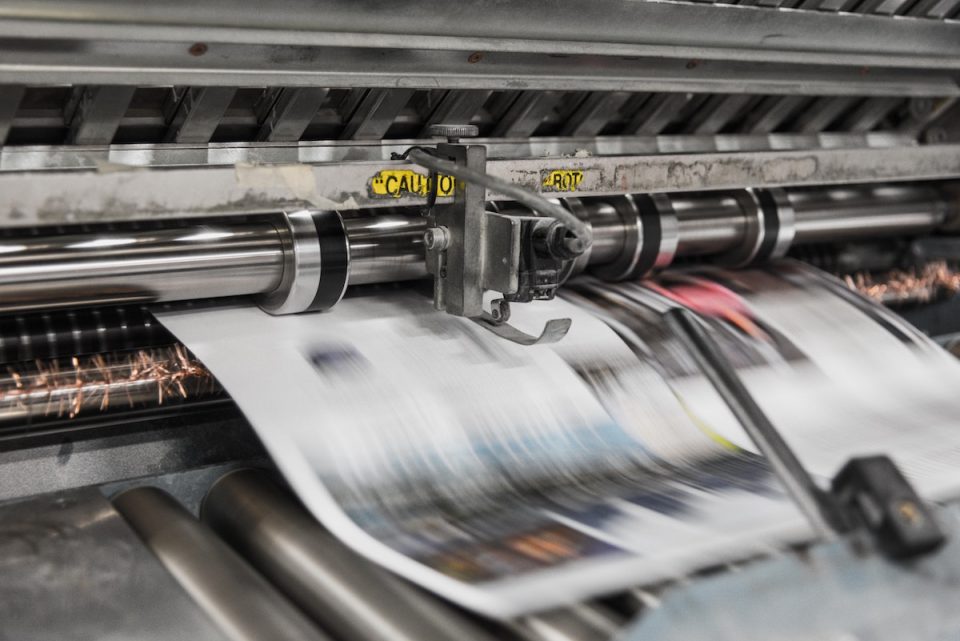Labor day history

Expert tips on how to make a mid-career switch
August 28, 2019
National Newspaper Carrier Day
September 4, 2019
The public holiday of Labor Day has come to mark the end of summer as people across America enjoy the long weekend in honour of the American worker. Yet the day’s history sheds light on a much more contentious period in the history of organized labour in the USA.
Labor Day is celebrated annually on the first Monday of September.
In 2019, Labor Day falls on Monday, September 2.
Oregon was the first state to give legal status to the holiday. On February 21, 1887, the Oregon state legislature passed a law to recognise the first Saturday in June as Labor Day.
This wasn’t the first time Labor Day was celebrated, however – that date reaches even further back into American history: to New York City in 1882.
It isn’t clear who originally came up with the idea of a day to celebrate the American worker. Peter J McGuire, a union leader who had founded the United Brotherhood of Carpenters, is usually given credit for suggesting the idea to the Central Labor Union of New York.
Some historians have suggested that it was actually Matthew Maguire who came up with the idea for Labor Day while serving as the secretary of the Central Labor Union in New York in 1882.
Either way, the Central Labor Union held its first Labor Day in New York City on Tuesday, September 5, 1882.
The New York Times reported the day was attended by cigarmakers, dressmakers, printers, shoemakers, bricklayers and other tradespeople. Around 10,000 people marched from City Hall to a giant picnic in a city park – some of them risking their jobs, since the day was not yet an official holiday.
The New York union encouraged other similar organizations to follow suit and the idea spread across the country.
Meanwhile, other labour organisations called for a day of action on May 1 as part of a campaign to limit the working day to eight hours.
The first municipal ordinances recognising Labor Day in September were passed in 1885 and 1886.
By 1887, the states of Oregon, Colorado, Massachusetts, New Jersey, and New York had all legally recognised a Labor Day holiday.
In 1894, Congress passed an Act that made the first Monday in September a legal holiday in the District of Columbia and the territories. By this time, 28 states had already adopted the holiday.
It was not the growing acceptance of the holiday at state level that drove the federal government to act, however. Rather, it was a strike in the Midwest that drove President Grover Cleveland to legally establish the day as a national holiday.
In 1894, the Pullman Palace Car Company reduced its workers’ wages without reducing rents in the company town of Pullman, Chicago. The angry workers complained and were sacked.
In support of the sacked workers and under the leadership of Eugene V Debs, the workers of the American Railway Union refused to handle Pullman carriages – disrupting passenger and freight traffic and inspiring a series of wildcat strikes. More than 250,000 workers in 27 states took part.
The company refused to capitulate to the workers’ demands and eventually riots led to 37 people being killed and a further 57 injured. The bill for the damage caused was around $80 million and President Cleveland had to send in the US Army to restore order.
It was in this context that the President bought the holiday into law to re-stabilise the government’s relationship with American workers.
Supporting the establishment of Labor Day in September also neatly avoided the associations with socialism and communism of the May Day holiday, on which the rights of the worker are celebrated elsewhere in the world.
Today, as the power of the unions and organised labour has waned in America, the day has come to be associated with the end of summer, barbeques, and events such as the Chicago Jazz Festival.




